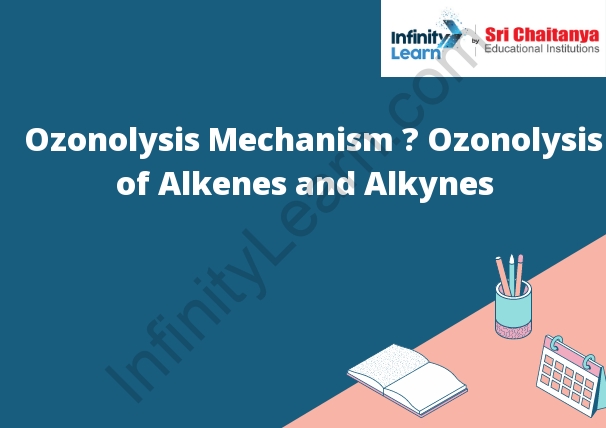Table of Contents
Ozonolysis of Alkenes and Alkynes
In ozonolysis, an alkene or alkyne is broken down into two carbonyl groups, aldehyde or ketone, and an olefin. The reaction is catalyzed by ozone, O3, and it occurs most readily at the vinyl group. The two carbonyl groups are formed by the addition of one oxygen atom to each carbon atom of the alkene or alkyne. The olefin is formed by the loss of one hydrogen atom from each carbon atom of the alkene or alkyne.

Ozone depletion
The ozone layer is a thin layer of gas that surrounds Earth and protects us from the sun’s harmful radiation. Ozone depletion is the gradual thinning of the ozone layer. This can happen when harmful chemicals called ozone-depleting substances (ODS) are released into the atmosphere. These chemicals can break down ozone molecules, which leaves us more vulnerable to the sun’s radiation.
Alkenes and Alkynes
Alkenes and alkynes are types of hydrocarbons. Alkenes have one or more carbon-carbon double bonds, while alkynes have one or more carbon-carbon triple bonds. Alkenes and alkynes are both unsaturated, meaning they have fewer hydrogen atoms than the maximum number of hydrogens that can attach to the carbon atoms in the molecule. This makes them more reactive than other hydrocarbons.
Ozonolysis of Alkenes
The ozonolysis of an alkene is a two-step process in which ozone is used to convert the alkene into a carbonyl compound, and then the carbonyl compound is reduced to an alcohol.
The first step in the ozonolysis of an alkene is the formation of a carbonyl compound. Ozone reacts with the alkene to form a three-membered ring compound called an ozonide. The ozonide is then reduced to a carbonyl compound by either hydrogen or a metal catalyst.
The second step in the ozonolysis of an alkene is the reduction of the carbonyl compound to an alcohol. The carbonyl compound is reduced to an alcohol by either hydrogen or a metal catalyst. The alcohol can then be purified by distillation.
Ozonolysis of Alkynes
The ozonolysis of an alkyne results in the formation of an aldehyde and an olefin. The olefin is formed by the addition of ozone across the carbon-carbon double bond of the alkyne.
The reaction mechanism for the ozonolysis of an alkyne is shown below.
In the first step, ozone is added to the alkyne to form an ozonide intermediate.
In the next step, the ozonide intermediate decomposes to form an aldehyde and an olefin.
Applications of Ozonolysis
The most common application of ozonolysis is the synthesis of alkenes from alkynes. Ozonolysis can also be used to convert ketones to aldehydes, and aldehydes to ketones.
Ozonolysis
Ozonolysis is the chemical reaction of an organic compound with ozone. The reaction produces ozonides, which are unstable and decompose to yield aldehydes or ketones, and oxygen. Ozonolysis is used to selectively cleave carbon-carbon double bonds.
The ozone molecule is a very strong oxidizing agent and can cleave carbon-carbon double bonds. The mechanism of the reaction is shown below:
Ozonides are unstable and decompose to give aldehydes or ketones, and oxygen.
The reaction can be used to selectively cleave carbon-carbon double bonds. For example, the reaction of ethylene with ozone gives 1,2-dihydroxyethane (glycolaldehyde), while the reaction of propylene gives propionaldehyde:
The reaction can also be used to convert alkenes into alkanes. For example, the reaction of 1-butene with ozone gives butane:
Ozonolysis is used in the industrial production of aldehydes and ketones. It is also used to produce oxygen for the industrial production of ozone.
Ozonolysis of Alkenes
The ozonolysis of alkenes is a two-step process in which ozone is used to cleave the alkene into two parts: an alkene oxide and an alkene. The alkene oxide is then reduced to the alkene.
Ozonolysis of Alkynes
The ozonolysis of alkynes proceeds by the addition of ozone across the triple bond to produce an alkyl ozonide and an alkene. The alkyl ozonide can then be hydrolyzed to produce the alkene and an alcohol.
The ozonolysis of an alkyne can be represented by the following equation:
O 3 → Ozone
Alkene → Hydrolysis
Alcohol → Hydrolysis








